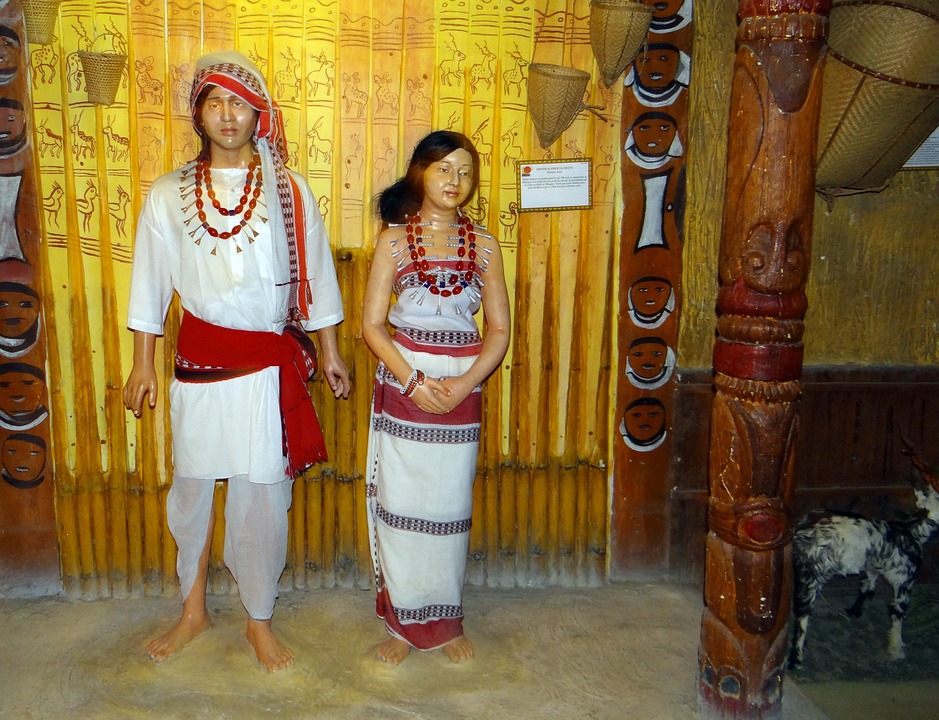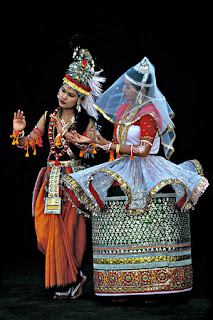What feels unique about Manipuri culture? One would definitely take this question back if they visit and experience all the tangible and intangible aspects of this place. That is what this city of gold beholds!
Known as the birthplace of popular sport, Polo and also fondly called the Bejewelled land, Manipur is one of the precious hidden gems among the seven sister states of North-Eastern India. Often perceived as the Paradise on Earth, this state is a mosaic of rich and unexplored cultural patterns and traditions. It is home for numerous and peculiar art forms, fervour and celebrations.

The region here is mostly occupied by Meitei tribe and a few lesser known tribes – Kuki, Naga and Mizo who prefer living in hilly terrains. All the tribes and communities speak a common language called Miti which came into existence from the Miti or Meitei literature, popular during the time of Manipur-Burmese wars.
This state gave birth to a world-wide famous dance form called Raas Leela, woven around the love story of Lord Krishna and Radha.
Besides this, the renowned Manipuri dance, locally known as Jahapar Jagoi dance, stands out from all the native dance forms of various states. Like all the other classical dances of our country, they too have been derived from Sanskrit text, Natya Shastra; but they continue to top the charts and influence the culture of not just India but the whole of South-East Asia.
These dance forms leave the audience stunned by their coordination, ethnicity and elegance. Unlike the forms that concentrate on facial expressions and movements of the eye (Eg: Kathak), Manipuri dance forms focus more on graceful steps using the entire body by simultaneously narrating stories.
There is another distinct martial art form called Huyen Langlon, which translates to “knowledge of war” in Miti language. This has two categories: Thang-Ta (armed fighting) & Sarit Sarak (unarmed). Thang-Ta is the most practiced form because it is considered as a war-dance rather than an actual war.
Thang means sword and Ta means spear, which are the major weapons involved in this art form. Locals connect these martial art forms to their native animist gods and believe that their gods followed these traditions to fight off the evil spirits.

There is another traditional art form in Manipuri culture called Shumang Leela, which in literal terms means Courtyard Play. It is a theatrical performing art arranged in spaces open from all sides. The specialty here is that both the male and female characters are played by male actors themselves. This traditional theatre is said to have existed from the time when there was monarchical rule in Manipur.
Apart from the above mentioned art forms, Manipur is known to be cohesively holding together cultural richness, cuisine, festivals, handicrafts and various other authentic practices. It may be a veiled hat with so many aspects still not being exposed.
We can undoubtedly say that this so-called Switzerland of the East sets new limits to compete with its beauty and aesthetics.
For more such articles : Indian art and culture – Unvoiced Media and Entertainment

